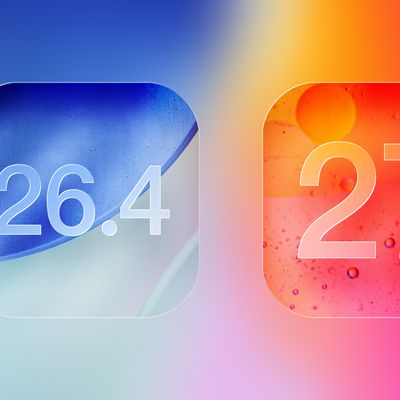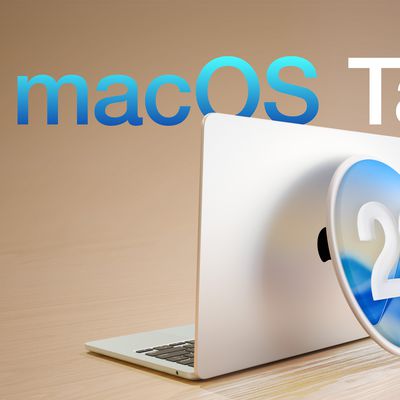Apple chipmaker TSMC has announced plans to produce highly advanced 1.6nm chips that could be destined for future generations of Apple silicon.
![]()
TSMC yesterday unveiled a series of technologies, including the "A16" process, which is a 1.6nm node. The new technology significantly enhances chip logic density and performance, promising substantial improvements for high-performance computing (HPC) products and data centers.
Historically, Apple is among the first companies to adopt new, state-of-the-art chip fabrication technologies. For example, it was the first company to utilize TSMC's 3nm node with the A17 Pro chip in the iPhone 15 Pro and iPhone 15 Pro Max, and Apple is likely to follow suit with the chipmaker's upcoming nodes. Apple's most advanced chip designs have historically appeared in the iPhone before making their way to the iPad and Mac lineups, and ultimately trickling down to the Apple Watch and Apple TV.
The A16 technology, which TSMC plans to begin producing in 2026, incorporates innovative nanosheet transistors along with a novel backside power rail solution. This development is expected to provide an 8-10% increase in speed and a 15-20% reduction in power consumption at the same speeds compared to TSMC's N2P process, alongside up to a 1.10x chip density improvement.
TSMC also announced the rollout of its System-on-Wafer (SoW) technology, which integrates multiple dies on a single wafer to boost computing power while occupying less space—a development that could be transformative for Apple's data center operations. TSMC's first SoW offering, which is already in production, is based on Integrated Fan-Out (InFO) technology. A more advanced chip-on-wafer version leveraging CoWoS technology is slated for readiness in 2027.
TSMC is also making progress toward manufacturing 2nm and 1.4nm chips that are likely destined for future generations of Apple silicon. Its 2nm "N2" node is scheduled for trial production in the second half of 2024 and mass production in late 2025, to be followed by an enhanced "N2P" process in late 2026. Trial production of the 2nm node will begin in the second half of 2024, with small-scale production ramping up in the second quarter of 2025. In 2027, facilities in Taiwan will start to shift toward production of "A14" 1.4nm chips.
Apple's upcoming A18 chips for the iPhone 16 lineup are expected to be based on N3E, while the "A19" for the 2025 iPhone models is expected to be Apple's first 2nm chip. The subsequent year, Apple will likely move to an enhanced version of this 2nm node, followed by the newly announced 1.6nm process.
Each successive TSMC node surpasses its predecessor in terms of transistor density, performance, and efficiency. Late last year, it emerged that TSMC had already demonstrated prototype 2nm chips to Apple ahead of their expected introduction in 2025.























